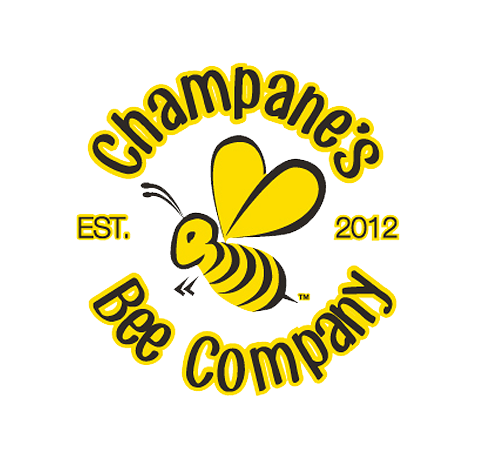From Bee To Bottle
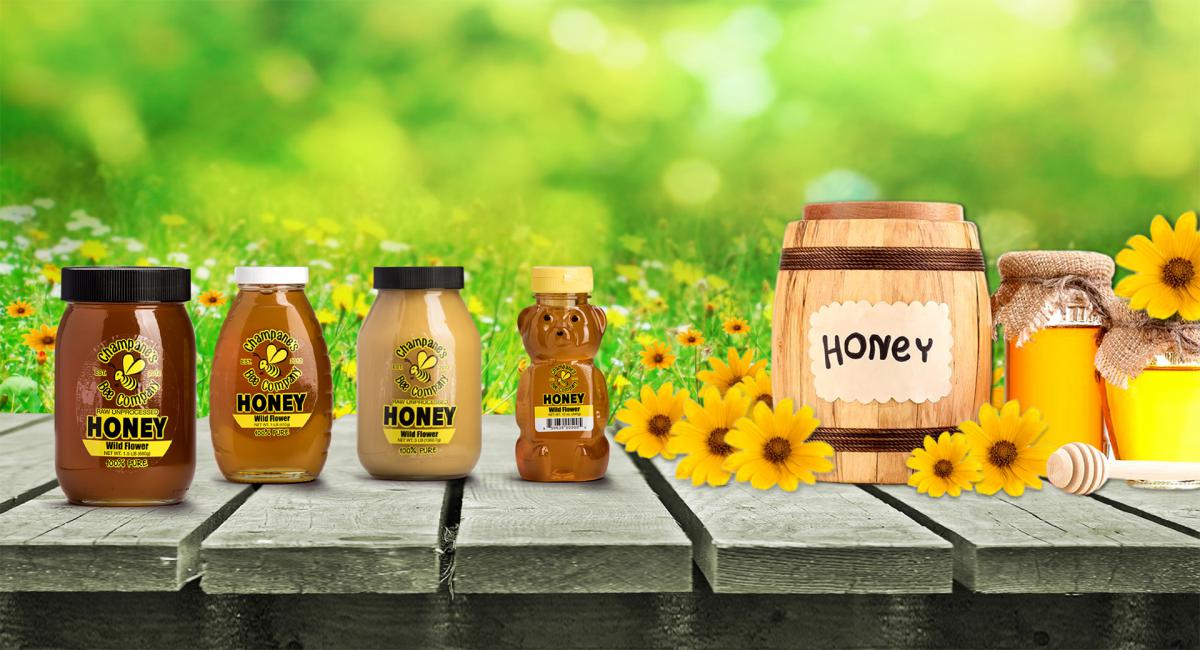
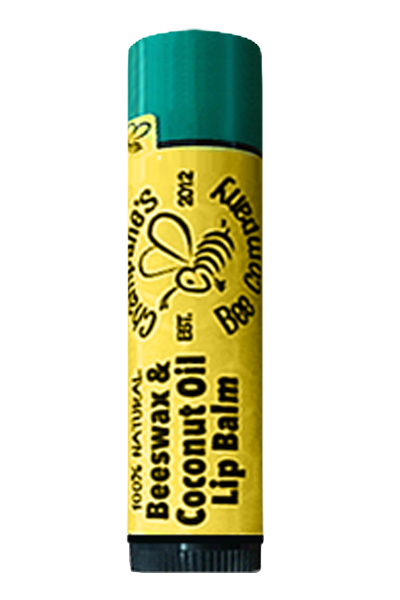
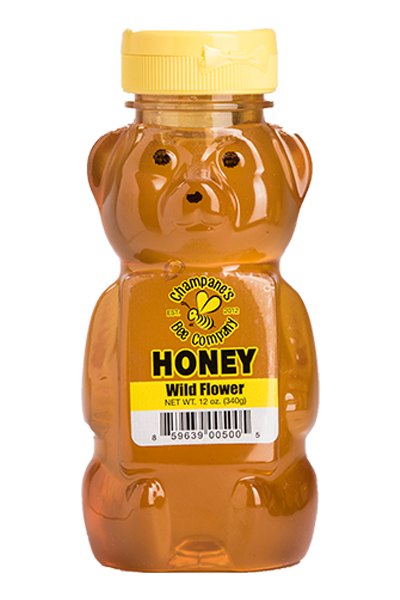

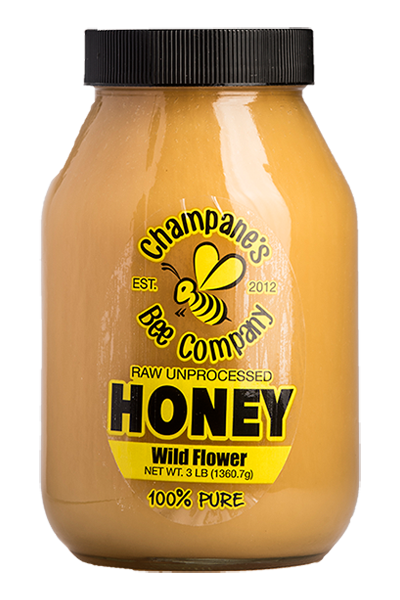

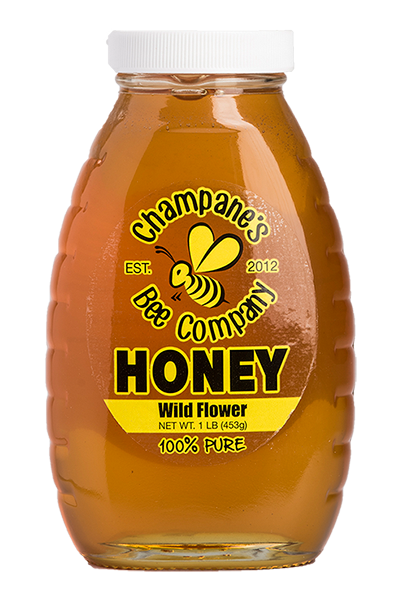
The Benefits of Honey
Honey is the natural sweet substance produced by honey bees that produce honey.
Blossom honey or nectar honey is distinguished as coming from the nectaries of flowers, or the plant glands that secrete a sweet substance called nectar. The vast majority of honey we consume is blossom honey.
Honeydew honey comes from the excretions of insects such as aphids, white flies, mealybugs, and other sapsuckers that suck the sap of plants. In Europe the major source of honeydew is evergreen trees, and the final product is often marketed as forest honey.
Honey is composed primary of carbohydrates and water. It also includes small amounts of a wide variety of vitamins including niacin, riboflavin, and pantothenic acid along with minerals like calcium, copper, iron, magnesium, phosphorus, potassium, and zinc. Phytochemicals are found in honey originally derived from plants. These include a wide variety of phenolics, peptides, organic acids, vitamins, and enzymes that stimulate the immune system and help kill bacteria and viruses. Honey is more easily digested than regular table sugar. Its sugars (glucose and fructose) are simpler than sucrose (table sugar). Honey is hygroscopic - it collects moisture from the atmosphere.
Champane’s Bee Company believes honey should be as natural as the honey bee enjoys it as their own food - Pure Michigan - Raw Honey.
A Lifetime of Effort
It takes nectar from approximately 26 million flowers to make on pound of honey.
A honeybee must visit between several hundred to more than one-thousand flowers in order to fill her honey stomach.
A colony of bees may collectively travel as far as fifty thousand miles to make just a pound of honey.
It takes one-thousand bees to make an ounce of honey. This is more than a single honey bee can produce in her life.
A hive can produce sixty to one-hundred pounds of honey a year.
A bee colony of one hundred thousand bees can make ten pounds of honey per day, which is much more than the bees need themselves.
When Honey Crystallizes
When honey crystallizes, it is still edible and nutritious as ever. It has a very thick and grainy appearance. It also lightens in color compared to when your honey was pourable. Crystallized honey is perfectly good to eat and preferable to many people. Thankfully honey can be returned to its liquid state with little effort. Heat some water in a pot, and put your honey container in the pot of hot water until the honey turns liquid. This gentle transfer of heat to the honey helps bring it back to liquid form without overheating the honey.
